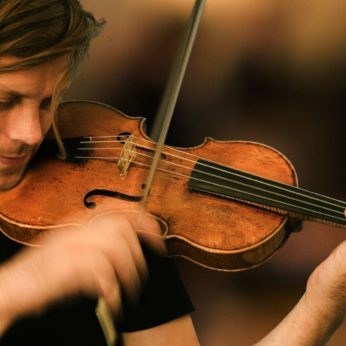When, in 1740, the theorist and composer Johann Mattheson remarked that Lully is renowned; Corelli one may praise; but Telemann alone has above mere fame been raised, he was resounding the sentiments of musicians and music lovers all over Europe. Telemann’s success was partly down to his huge output of works, which are in fact greater than that of Bach and Händel put together. In his early years, Telemann’s parents were very against the fact that their son was aspiring to life as a musician, and in 1701, at his father’s request, Telemann moved to Leipzig to study law. In the same year however, Telemann founded his Collegium Musicum, a student group which quickly rose to fame, eventually being taken over in 1729 by J.S. Bach himself. This group of instrumentalists and singers gave concerts all over Leipzig, introducing to the general public music previously reserved for the court and aristocracy. By the time Bach became their leader, they had become closely bound to the coffeeshop-proprietor Gottfried Zimmermann, assembling at his coffee house every Friday evening to give chamber music concerts, the repertoire being much akin to that which you are hearing this morning.
At the publication of Jonathan Swift’s satirical novel Gulliver’s Travels in 1726 Telemann took no time at all to jump on the bandwagon of it’s success, and, within two years, he had written his charming Gulliver Suite for two violins. He cleverly published this in his monthly magazine, Die getreue Musik-Meister, one movement at a time, enticing his followers to keep coming back for more, thus ensuring constant revenue from the paper. The Suite opens with a noble Intrada, followed by a flitting Chaconne to represent the Lilliputians, which is written in 3/32 time in a visually apt score of barely legible, tiny notes, of which only the performers are aware. Similarly, the following movement representing the Brobdignagian giants is presented in 24/1 time, making heaving weather out of the so called gigue. The Laputians are represented by a dreamy theme, occasionally interrupted by their characterised rattle-like flappers, which just for a moment knock them out of their lethargic arts-obsessed state. A comparative duet follows, the violins each portraying the very different characters of the Houyhnhms and the Yahoos, the uplifting, but stubborn serenade holding it’s own against the chaotic dance in this delightful conclusion to the musical narrative.
